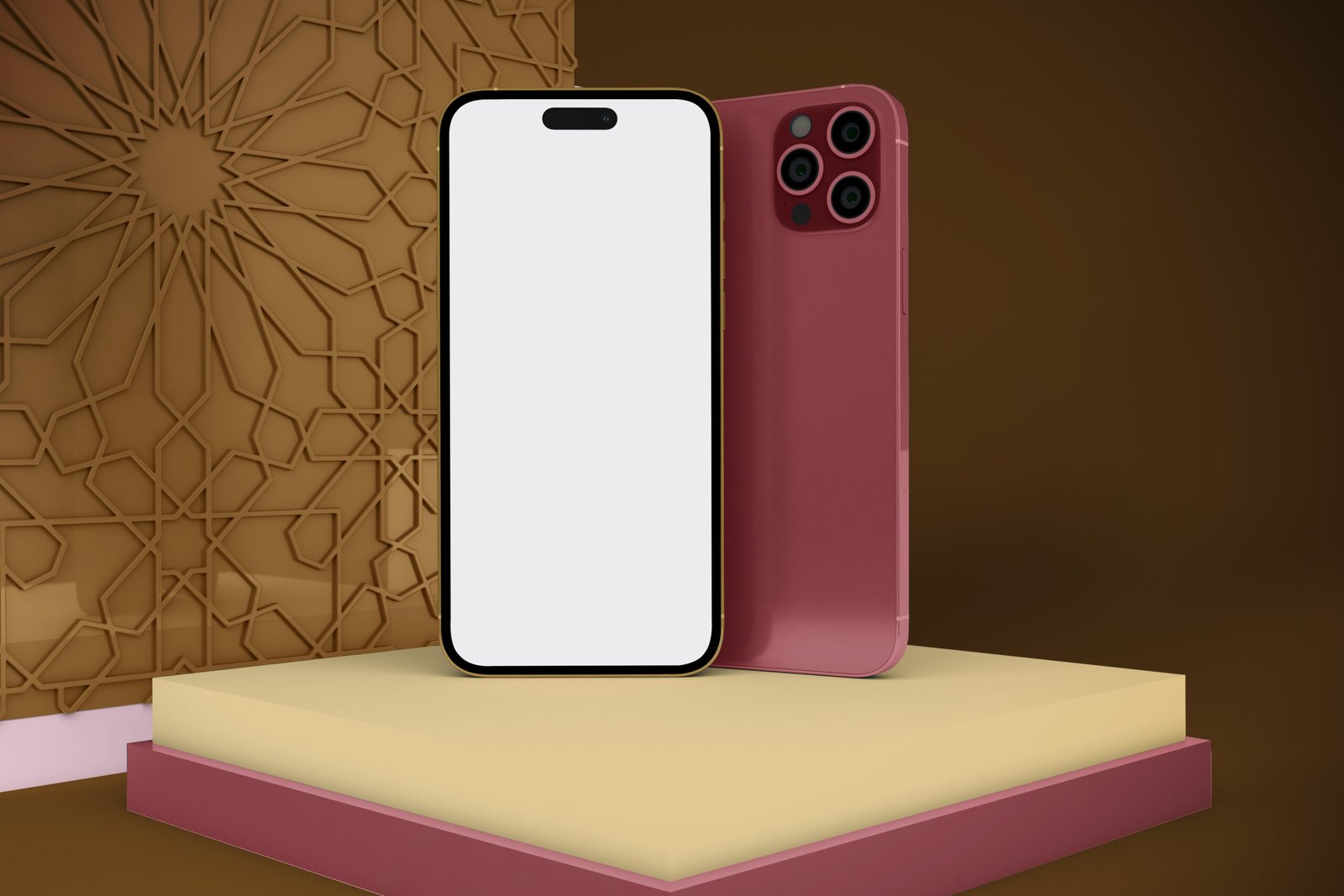Types of Audiences in Meta Ads: Lookalike vs Custom Audiences Explained
Recent Post
Get A Free Quote

Advertising on Meta is great when reaching the right people is at stake. At least two audiences you will be working with are Custom Audiences and Lookalike Audiences. One of these is aimed at people who know the brand, while the other attempts to locate users similar to the existing ones. This guide differentiates the two and teaches you how to use both as options in your ad strategy.
What Is a Custom Audience?
A Custom Audience is built using your own data: existing customers or anyone who has, in any manner, interacted with your business.
Some of these can be:
- People who viewed your website
- People who bought something from you
- People on your mailing list
- Reactants to your app
- People whose level of interaction with your Facebook page or Instagram activities shows partial interest
Otherwise, we call them warm audiences: those who already know you. In Meta’s system, you can upload this data, and the system will find matches, and you can target them again through advertisements.
Why use Custom Audiences?
- Retargeting Visiting the Website but not Conversion
- Upsell Previous Customers
- Retarget Audience
For example, Meta can use a file of 1,000 customer records and find persons who “look like” them, even though they may never have interacted with your business.
Why Are Lookalike Audiences Used?
- To hit cold audiences with higher chances of conversion.
- To scale up ad performance beyond current customers.
- To put a better hand on targeting instead of relying on interest-based ads.
How Do You Create Them?
Custom: Creating an Audience
You can build it based on:
- Website activity (via Meta Pixel)
- Customer lists (email, phone numbers)
- App activity
- Facebook activities and Instagram activities
Lookalike: Creating an Audience
- Go to Audience Manager.
- Click “Create Audience” > “Lookalike Audience”.
- Choose your source (your Custom Audience).
- Choose a country or region.
- Set your percentage of similarity (1% = most similar, 10% = broader reach).
You may also create Lookalike Audiences inside Ads Manager by clicking on your Custom Audience and then choosing “Create Lookalike”.
Lookalike vs Custom: What’s the Difference?
Feature | Custom Audience | Lookalike Audience |
Based On | Your own data | People similar to your data |
Audience Type | Warm | Cold |
Best For | Retargeting, nurturing | Prospecting, scaling |
Control Over Audience | High | Less (Meta chooses similar users) |
Examples | Abandoned carts, past buyers | People similar to top buyers |
Pro Tip: Best of Both Worlds
In the world of advertising, you can kick off campaigns to discover new prospects using Lookalike Audiences and retarget these prospects using Custom Audiences. This results in a full-funnel strategy, taking users from discovery to conversion.
Be sure not to forget about Advantage Lookalike, which allows Meta to expand your Lookalike beyond the percentage you selected if it benefits in increasing results. It is one of the initiatives taken by Meta toward automated ad optimization.
Which One Should You Use?
The answer is: both, but for different reasons.
- Custom Audiences are great when the idea is to re-engage people that already know you.
- Lookalike Audience allows you to find new leads of higher quality based on your existing success.
If you are starting from scratch, first create a solid Custom Audience and then use that for your Lookalike Audience to scale from there.
As always, test all methods. There’s no one-fit-all solution with Meta advertising – what works best depends on your business, your audience, and your goals.
Final Thought
Lookalike and Custom Audience are two among the most effective options to target the right people with your ads on Meta. If you master the difference — along with how to use them in tandem — you might just change the dynamic of your results entirely.



